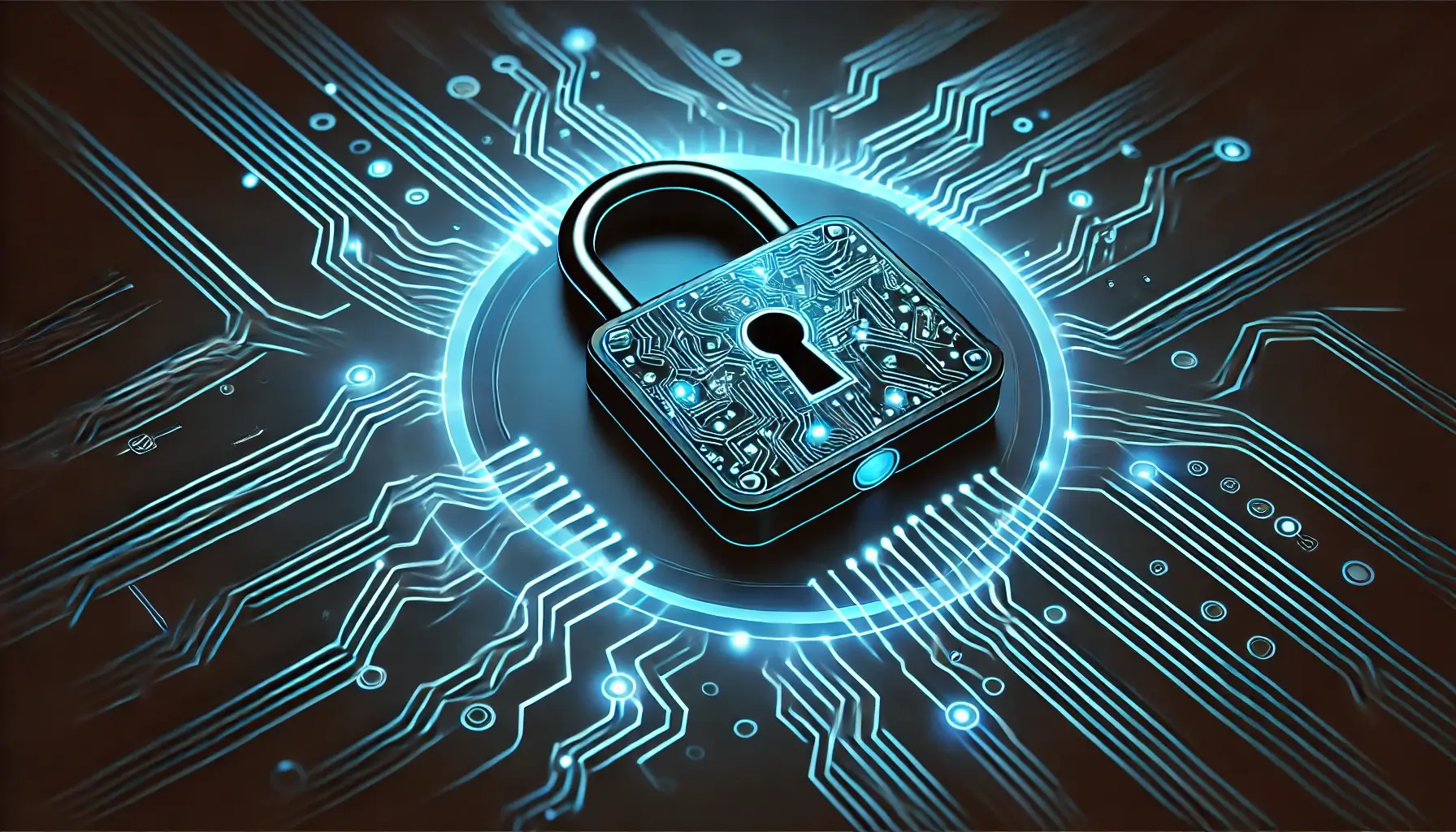Introduction: Why Do Even Professionals Make Mistakes?
Even experienced IT specialists sometimes fall victim to cybersecurity mistakes, leading to data breaches, hacked accounts, and financial losses. Why does this happen? Human error, underestimating risks, and overconfidence often play a role. In this article, we’ll explore the top 7 cybersecurity mistakes even experts make and learn how to avoid them.
Mistake #1: Using Repeated or Weak Passwords
Why Is This a Problem?
According to statistics, about 65% of people reuse the same password across multiple services. Even IT professionals sometimes create simple or duplicate passwords out of convenience.
Example
The massive Yahoo data breach in 2013, which affected 3 billion accounts, was partly due to weak passwords.
How to Avoid It?
- Use unique passwords for each account.
- Rely on password managers like 1Password, Bitwarden, or LastPass.
- Create 12+ character passwords with letters, numbers, and special symbols.
Mistake #2: Lack of Two-Factor Authentication (2FA)
Why Is It Important?
Two-Factor Authentication (2FA) adds an extra layer of security. Even if your password is stolen, attackers cannot access your account without the second verification step (SMS code, Google Authenticator app, etc.).
Example
Hackers breached Elon Musk’s Twitter account in 2020 due to the absence of 2FA.
How to Avoid It?
- Enable 2FA on all platforms where available.
- Use authenticator apps (Google Authenticator, Authy) instead of SMS for better security.
Mistake #3: Overtrusting Emails
Why Is It Dangerous?
Phishing attacks through email remain one of the most common hacking methods. 97% of people cannot correctly identify a phishing email.
Example
In 2016, a Google employee received a fake email requesting a password change, leading to a major data breach.
How to Avoid It?
- Verify the sender before clicking any links.
- Do not download attachments from unknown sources.
- Use anti-phishing filters in email services.
Mistake #4: Not Updating Software
Why Is This Important?
Hackers constantly search for vulnerabilities in outdated software. Not updating your software is like leaving your doors unlocked.
Example
The WannaCry ransomware attack in 2017 affected thousands of computers due to unpatched Windows systems.
How to Avoid It?
- Enable automatic updates for your operating system and applications.
- Use only official software versions.
Mistake #5: Overusing Public Wi-Fi Networks
Why Is This Risky?
Free Wi-Fi in cafés, airports, and public spaces is a hacker’s paradise. Cybercriminals can intercept your data, including passwords and private information.
How to Avoid It?
- Use a VPN (Virtual Private Network).
- Never enter sensitive data while on public networks.
Mistake #6: Poor Data Access Control
Why Is This Critical?
Many companies grant employees more access than necessary, increasing the risk of internal breaches or accidental leaks.
How to Avoid It?
- Apply the Principle of Least Privilege (PoLP) to minimize access rights.
- Regularly review and adjust access permissions.
Mistake #7: Ignoring Backups
Why Is This a Problem?
Without backups, your data can be lost permanently after malware attacks, accidental deletions, or system failures.
How to Avoid It?
- Set up automatic backups.
- Store copies both in the cloud and offline.
Conclusion: How to Avoid These Mistakes?
Cybersecurity isn’t just about technical knowledge—it’s about good habits. By avoiding these 7 common cybersecurity mistakes, you significantly reduce the risk of cyberattacks and data loss. The key is to stay vigilant and continuously update your knowledge in this field.
📌Also Read: TOP 10 Biggest Data Breaches in History 🛑

